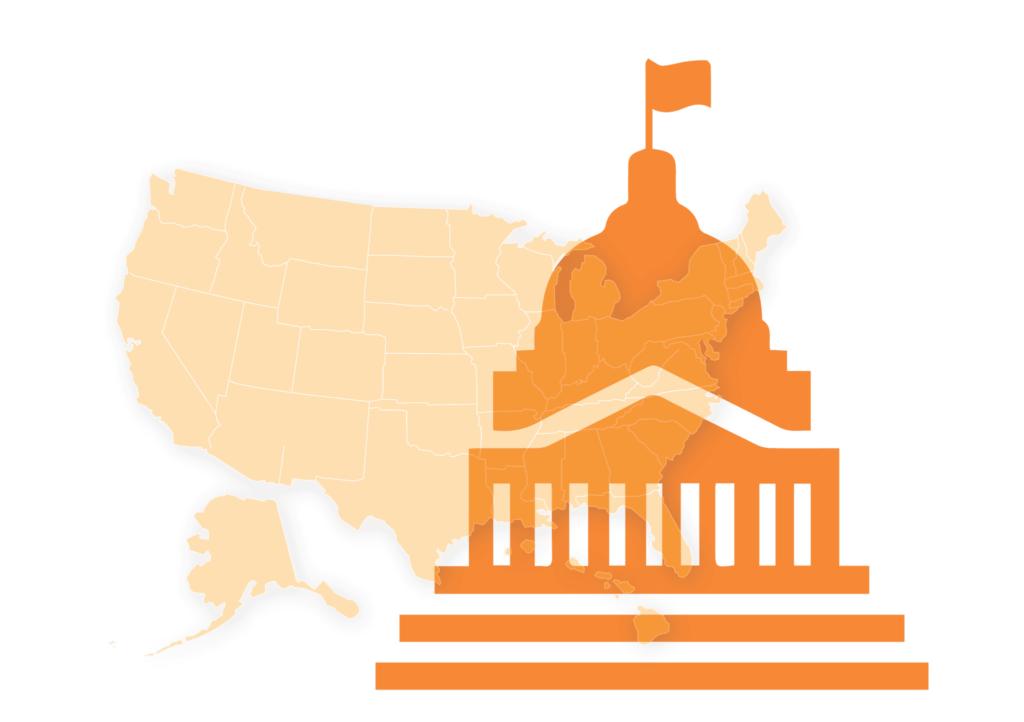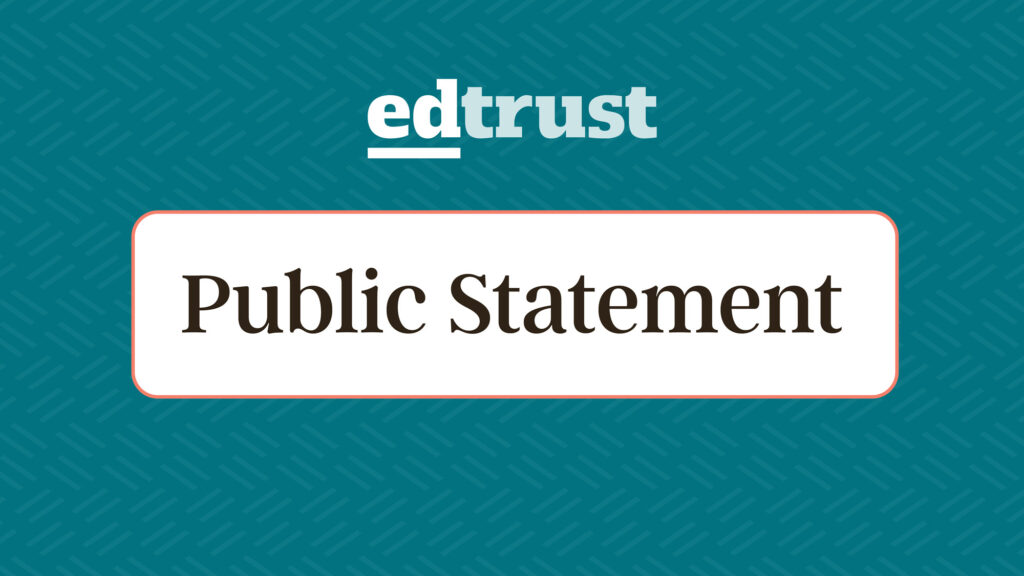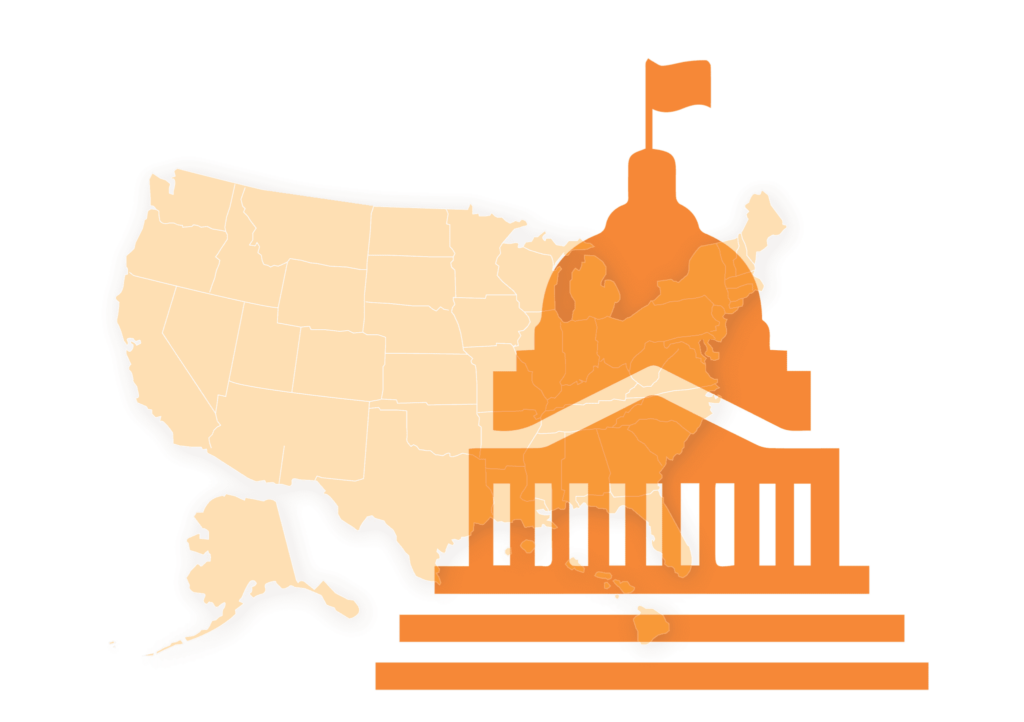Dear Deputy Assistant Secretary Cardichon:
Thank you for your continued focus on how to improve our nation’s education system to better meet the needs of historically underserved students. We, the undersigned, write to share a set of implementation recommendations on how best to strengthen our nation’s existing educator preparation programs.
Teacher Quality Partnerships
The Teacher Quality Partnerships (TQP) program in Title II, Part A of the Higher Education Act (HEA) promotes formal collaboration between educator preparation programs, school districts, and other entities to improve how prospective teachers and leaders are recruited and prepared for the job. Research finds that high-quality teacher residencies–which include a full year of student teaching under the mentorship of an excellent teacher while engaging in aligned coursework–are associated with greater teacher diversity, retention, and long-term effectiveness. Teacher residencies via TQP have consistently received annual federal funding. As the Department of Education reviews the recent implementation of the FY22 funding they received for TQP, the grantmaking process should be revised moving forward to incorporate the following competitive priorities:
Priority for applicants that prepare bilingual and English Language Development educators.
The nation’s growing English learner (EL) student population needs a robust teacher workforce equipped with the knowledge and skills to teach them. While this population has grown 32% since 2001, 31 states across the country are experiencing shortages of EL teachers, which will only exacerbate the academic achievement gap between ELs and their native English-speaking peers. Therefore, we recommend a competitive priority that would encourage TQP applications that would support the development and strengthening of high-quality teacher preparation programs that enable graduates to meet licensure or certification requirements to teach ELs.
Priority for Grow Your Own Educator Programs.
GYO programs are a popular strategy for addressing subject-area teacher shortages and increasing the racial, ethnic and linguistic diversity of the teacher workforce by recruiting and preparing teachers and school leaders from the community, including high school students, paraeducators, and parents. Often these programs provide comprehensive wraparound supports to candidates to help them enroll, persist and graduate with a teaching degree, as many are non-traditional college students. Eligible partnerships should be based on:
- strong plans for creating and implementing clear roles, responsibilities, and shared accountability for short- and long-term outcomes for the various partners, including a plan for shared communication and decision-making
- demonstrated understanding of the needs of the targeted local community and how the program will help address specific, demonstrated teacher shortages in the area
- demonstrated understanding of barriers that may prevent the targeted underrepresented population(s) from entering the teaching and school leadership professions, and detailed theory of action for how the design of the program will effectively address these barriers
- demonstrated understanding of best practices on approaches to recruitment, selection, and implementation of Grow Your Own programs, including practices for providing the requisite academic, programmatic and testing supports for candidates.
- a preference given to applications where one partner organization can show demonstrated success in implementing year-long clinical experience or residency training, alongside a reservation of a percentage of funds designed to allow new programs who meet all other criteria for selection to participate
- If present, the application should describe what resources and capacity already exist that the partnership will capitalize on, and what track record the program has for assigning effective mentor teachers.
- If not present, the application should describe in detail what additional resources and capacity will need to be developed to put such a training experience in place, requirements for selecting mentor teachers, and the timeframe expected to do so
- evidence that the higher education/training partner has a demonstrated track record of success in supporting graduates, such as licensure test pass rate data disaggregated by race/ethnicity and linguistic diversity, robust course requirements aligned to the needs of aspiring teachers (for example, evidence-based coursework for aspiring elementary educators), etc
- strong plans for program sustainability beyond the grant period
ED should also provide competitive preference to applicants that provide:
- stipends for candidates to engage in school-based clinical placements that are likely to cover candidates’ full living expenses for the duration of the clinical placement
- compensation for mentors, and measures to demonstrate selection of mentors who are deemed effective based on measures of student learning
- a cohort-based approach for clinical placements to provide peer support throughout the program
Augustus F. Hawkins Centers for Excellence
The Augustus F. Hawkins Centers for Excellence is a HEA Title II program focused on improving educator preparation and diversity, specifically by strengthening programs at Historically Black Colleges and Universities (HBCUs), Tribal Colleges and Universities (TCUs), and other Minority Serving Institutions (MSIs). Funds from this competitive grant program can be used to provide extensive clinical experience and financial aid to prospective teachers, which could help to eliminate a key barrier to a diverse educator workforce as students of color are more heavily impacted by the high cost of college and student loan debt. Hawkins received funding for the first time in the FY22 appropriations omnibus.
These awards will be most meaningful if they offer competitive preference for institutions of higher education (IHEs) that incorporate the development and implementation of a high-quality clinical practice or teacher residency program (e.g., placement with effective cooperating teachers, placement in schools that are similar to the schools where student teachers are likely to be hired in terms of grade span and socioeconomic demographics, frequent observations and feedback by faculty supervisors, and alignment of coursework with clinical practice), and other impactful evidence-based practices. In addition, funding should be prioritized for IHEs whose teacher preparation programs reflect the racial demographics of their MSI, HBCU or TCU status requirements. For example, if the threshold to achieve HSI status is attendance of 25% Hispanic students, the education program of that MSI should also reflect at least 25% of Hispanic students. Receipt of funding should also be predicated on the collection and reporting of key input and outcome metrics including:
- Pre-to-post quantity and quality of clinical experience
- Proportion of enrolled candidates who complete the program
- Licensure attainment (including first time and best-attempt licensure exam pass rates for everyone enrolled in the program)
- Post-completion employment as a teacher of record in PreK-12 schools (at one-year post-completion, three-years post completion, and five years post-completion), reported at the educator preparation program level
Developing Educators to Serve Students with Disabilities
The FY22 omnibus allocated $95 million to support the development of educators to serve students with disabilities under Part D of the Individuals with Disabilities Education Act (IDEA) personnel preparation program. These funds will support educator preparation programs that are developing special education teachers and specialized instructional support personnel, a critical and pressing need for the entire nation that has only been exacerbated by the pandemic. At the same time, given the more demanding nature of special education teachers’ jobs, targeted strategies are needed to attract and retain many more of them.
As several aspects of the funding stream are being implemented, competitive preference should be given to applicants who are working in partnership with state and/or local education agencies to improve educator diversity, such as GYO programs for paraprofessionals to become special education teachers.
Data collection
Data offers a powerful tool to identify successes and challenges in preparing future cohorts of teachers. However, the data currently reported to the U.S. Department of Education as required by the Title II of the Higher Education Act cannot answer many important questions. For example, in the area of licensure test pass rates, current data cannot answer questions including what portion of aspiring teachers pass licensure tests on their first attempt, how aspiring teachers of color fare on licensure tests, or how many times people take licensure tests. To build a more robust data system, teacher preparation programs and their states should be required to provide data related to teacher licensure tests for the most recent year for which the information is available for each teacher or school leader preparation program offered by the teacher preparation or school leader preparation entity. This data should be disaggregated by teacher and school leader demographic characteristics, including race, ethnicity, and Pell Grant recipient status, and include the following:
- if a state licensure assessment(s) is required to enroll in the preparation program, the number of candidates who took such an assessment and the percentage of candidates who passed that assessment
- the number of all students enrolled in the preparation program who took such an assessment
- the number and percentage of all students enrolled in the preparation program who took and passed such an assessment the first time they took such assessment
- the number and percentage of all students enrolled in the preparation program who took and passed such an assessment after any number of attempts
- the number of students who enrolled in and completed such program who took such an assessment
- the number and percentage of students who enrolled in and completed such program who took and passed such an assessment the first time they took such assessment
- the number and percentage of all students who enrolled and completed such program who took and passed such assessment after one or more attempts
- the average scaled score for all students who took such an assessment
We encourage the Department to exercise its current statutory authority to provide this information and assist states and preparation programs in fully reporting all data required under statute. We also encourage the Department to advocate for any required changes to the Higher Education Act to ensure this important information is collected and reported.
Thank you for your consideration, and we appreciate the efforts being made by the Biden-Harris Administration to allocate funding and provide expertise and guidance to ensure our educator workforce connects with the lived experiences of the students they are teaching, and has access to the training and resources they need to respond to their needs. We look forward to working with you on our shared goals in the months and years to come.
Sincerely,
Center for American Progress
Education Reform Now
National Center for Learning Disabilities
National Council on Teacher Quality
New America’s Education Policy program, PreK-12 division
New Leaders
Teach Plus
The Education Trust






 September 02, 2025 by
September 02, 2025 by 